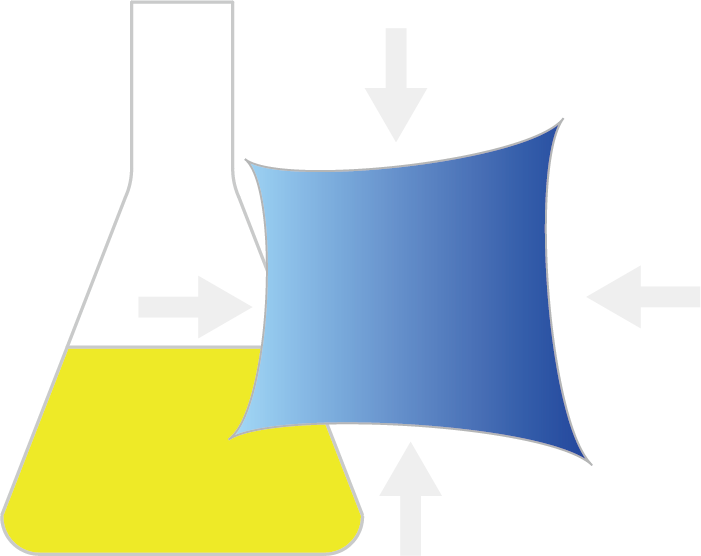Overview
Our research is focused on the fundamental physics of emerging quantum electronic matter. Compared to conventional electronic materials such as silicon, exotic states of matter showing macroscopic quantum behaviors and broken symmetries can emerge from strong interactions and correlations among basic particles in the so-called quantum materials. In our group, materials of interest include (but are not limited to)
- High-temperature superconductors
- Candidate topological superconductors
- Electron-pair density wave materials
- Magnetic topological insulators
- 2D van der Waals heterostructures
- Artificial quantum systems crafted by single atom/molecule manipulations
- Fully synthetic low-dimensional electronic materials and their derivatives
Approaches
We measure electronic characteristics using scanning tunneling microscopy and spectroscopy (STM/STS). The unparalleled sub-atomic imaging precision combined with the sub-meV energy resolution at sub-kelvin temperatures make STM/STS a powerful and unique tool in condensed matter research.
We determine momentum-space electronic structures by examining quasiparticle interference patterns using spectroscopic-imaging STM. This allows the extraction of band dispersions, symmetries of superconducting order parameters, etc.
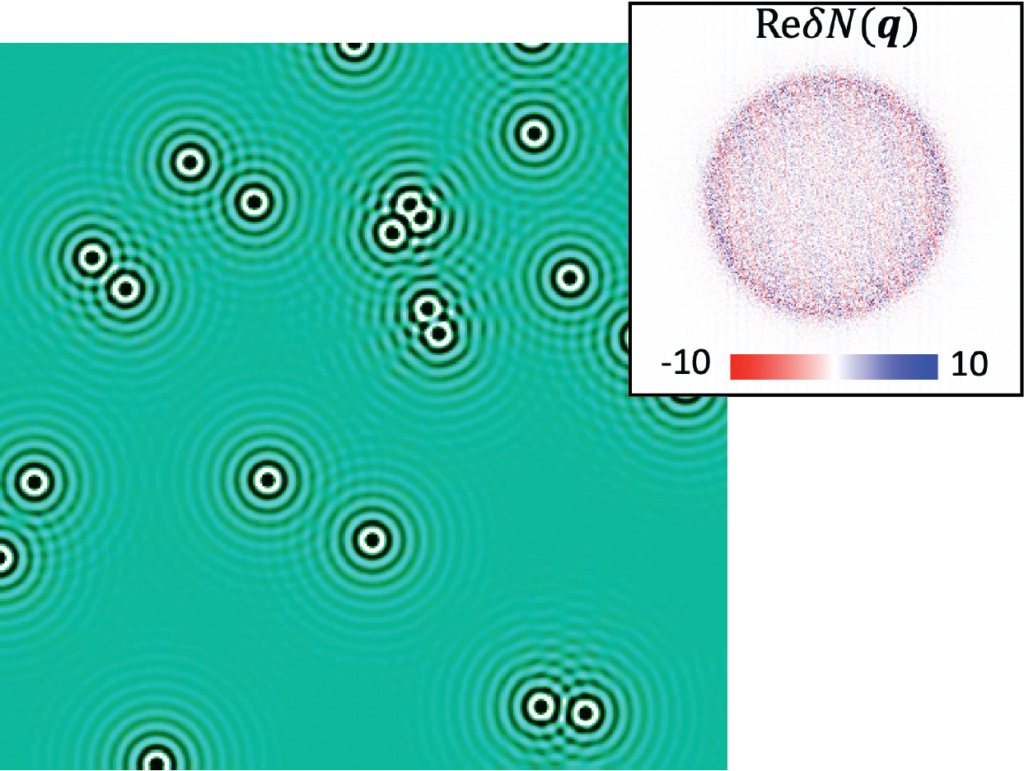
We visualize and examine broken symmetries and heterogeneities in superconducting condensate using scanned Josephson tunneling microscopy (SJTM). While conventional STM only probes quasiparticle excitations via single-electron tunneling, Josephson tunneling of electron pairs provides direct access to superfluid density.
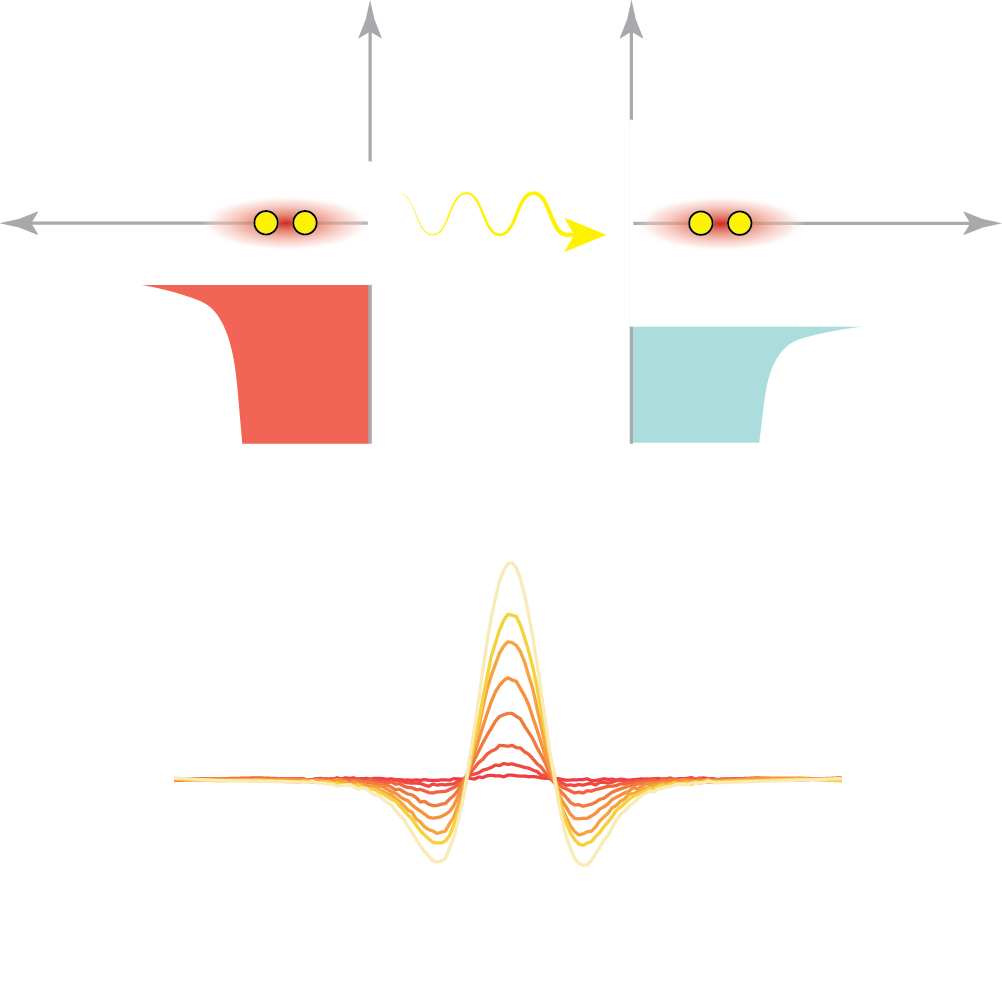
We create artificial quantum systems by on-surface manipulation of single atoms and molecules using STM for experimental quantum simulation. This allows the creation of on-demand electronic structures that are otherwise unavailable.
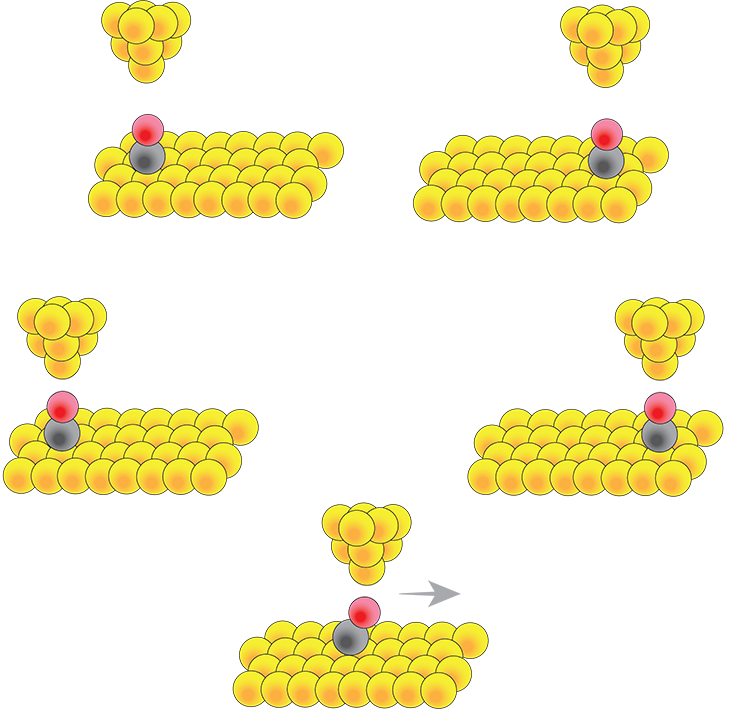
We explore the synthesis of low-dimensional electronic materials via molecular beam epitaxy and the fabrication of novel 2D heterostructures. By circumventing thermodynamic constraints, those materials/heterostructures may offer entirely new properties and exhibit new quantum phenomena.
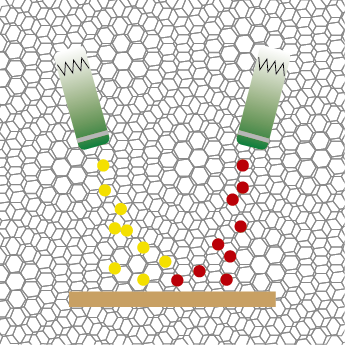
We tune material properties both chemically and mechanically in ultrahigh vacuum chambers to gain access to different regions of the phase space.
